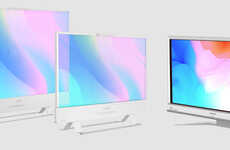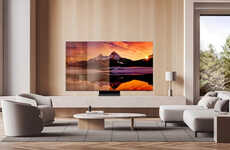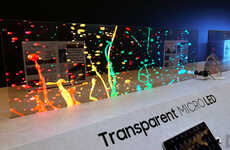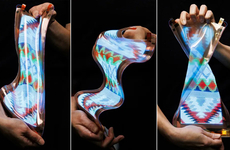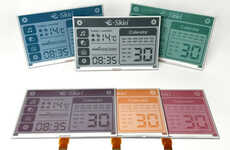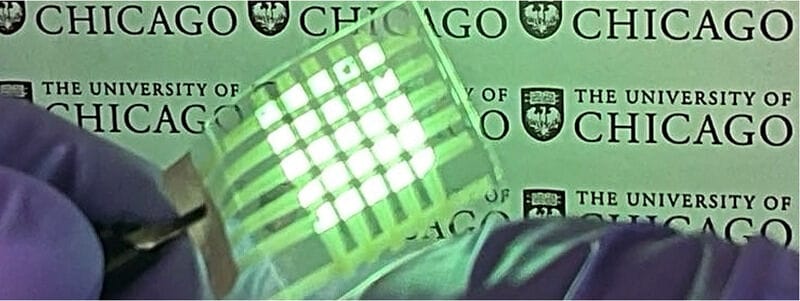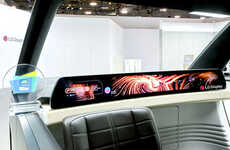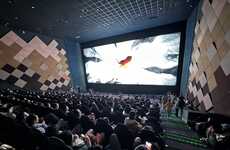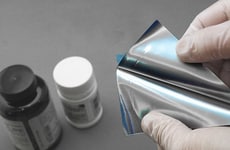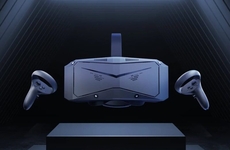
Researchers at PME UChicago Created a Stretchable and Flexible Display
Colin Smith — November 18, 2024 — Tech
References: pme.uchicago.edu
Researchers at the Pritzker School of Molecular Engineering (PME) at the University of Chicago have developed a new material for stretchable OLED displays. This material can bend in half or stretch to more than twice its original length while still emitting a fluorescent pattern. The team, led by Assistant Professor Sihong Wang and Professor Juan de Pablo, combined knowledge from various fields to create this entirely new display technology. The material has potential applications in wearable electronics, health sensors, and foldable computer screens.
The researchers achieved this breakthrough by developing new polymers that integrate both flexibility and luminescence. Traditional OLED displays use small organic molecules with tight chemical bonds and stiff structures, making them brittle and non-stretchable. Wang and de Pablo's material, described in the journal Nature Materials, uses long polymers with bendable molecular chains, allowing it to maintain electroluminescence while being stretched. This advancement could pave the way for truly flexible screens and other innovative technologies.
Image Credit: Wang Group
The researchers achieved this breakthrough by developing new polymers that integrate both flexibility and luminescence. Traditional OLED displays use small organic molecules with tight chemical bonds and stiff structures, making them brittle and non-stretchable. Wang and de Pablo's material, described in the journal Nature Materials, uses long polymers with bendable molecular chains, allowing it to maintain electroluminescence while being stretched. This advancement could pave the way for truly flexible screens and other innovative technologies.
Image Credit: Wang Group
Trend Themes
1. Stretchable OLED Displays - The development of bendable and stretchable OLED panels opens up new form factors for electronic displays.
2. Flexible Polymers - Innovative flexible polymers that maintain electroluminescence are setting new standards for material engineering in electronics.
3. Wearable Technology Integration - Stretchable OLEDs present exciting capabilities for integrating advanced displays into wearable electronics and health sensors.
Industry Implications
1. Consumer Electronics - Consumer electronics stand to benefit significantly from the emergence of fully stretchable OLED displays, transforming everything from smartphones to tablets.
2. Healthcare Wearables - The healthcare industry can leverage stretchable OLEDs to develop more sophisticated and flexible wearable health monitors.
3. Material Science - Advances in material science, particularly with new flexible polymers, are crucial to pioneering breakthroughs in electronics manufacturing.
6.4
Score
Popularity
Activity
Freshness

